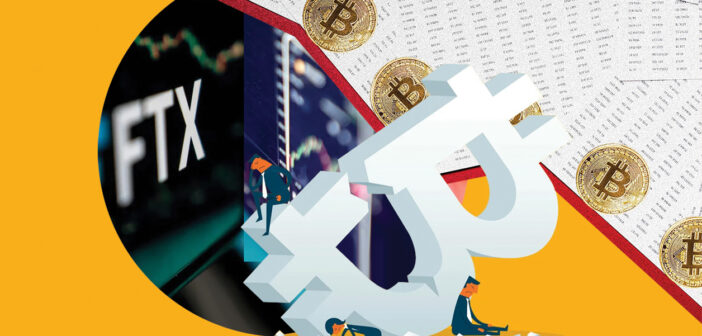The cryptocurrency exchange FTX filed for Chapter 11 bankruptcy on November 11, 2022. This marked a stunning fall for a company that ran star-studded Super Bowl advertisements and owned the naming rights to the arena where the Miami Heat plays. What happened?
A traditional bank takes in deposits and uses these deposits to issue loans. The bank earns a profit by issuing loans at a higher interest rate than what it pays on deposits. If borrowers default on their loans, the bank gets in trouble, since the bank would be unable to repay its depositors. When this happens, the bank is insolvent, meaning its assets are less than its liabilities. The bank also gets in trouble if enough depositors want their deposits back at the same time, since banks will run out of cash on hand to meet this demand. The bank is illiquid, but not necessarily insolvent. This is what happened to George Bailey in the movie, “It’s a Wonderful Life.”
Details are still fluid, but what happened to FTX is the cryptocurrency version of this. FTX was an exchange, meaning someone who wanted to buy a particular cryptocurrency would make a deposit with FTX. FTX would then find someone looking to sell that cryptocurrency, use the customer’s deposit to make the purchase, and charge a fee for this service. This is how a stock exchange works; had FTX only operated as an exchange, it would not have gotten into trouble.
FTX did much more. Customers often left their cryptocurrency on deposit with FTX since it was easier to do so than moving the cryptocurrency to their own computers. This gave FTX the ability to lend, much like a bank can lend with deposits. FTX apparently lent to the hedge fund Alameda Research to fund its investments. However, Alameda made numerous bad investments, losing this money, helping push FTX toward insolvency.
FTX also appears to have bought cryptocurrency on margin, which means borrowing to buy it. A motivation for this might be to wait for the price to rise, sell the cryptocurrency, pay back the loan and pocket the difference as profit. Another motivation might be to loan the borrowed cryptocurrency to customers at a higher interest rate than what was paid to borrow it. When cryptocurrency prices crashed, FTX had to sell the cryptocurrency at a price much lower than the purchase price to pay back these loans, leading to massive losses.
A major asset that FTX was holding on its balance sheet was a cryptocurrency it created out of thin air – the FTT – and wildly overstated its value. FTX’s balance sheet was leaked to the media showing this, which caused a run of depositors trying to withdraw their funds. FTX quickly ran out of cash and faced illiquidity. Owners of the FTT dumped it, depressing its value and further pushing FTX into insolvency. Now it was, to quote Bill Paxton in “Aliens”: “Game over, man. Game over!” for FTX and its customers, many of whom lost their life savings.


















